The only 6 things you need to know before making structural changes to your home
Extending up? Digging down? Pushing out? Before you get the dust sheets out (or even think about colours) and make structural changes, make sure you cover off all the practical essentials
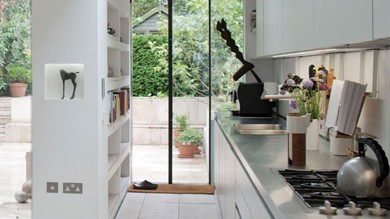


If you've been considering making some structural changes to your home, be it a loft extension, a side return, a basement or a glass box rear extension, we've got three words to say to you. Plan, plan and plan!It's tempting to start dreaming of colour schemes and wall treatments, but trust us, to get a decent end result first things first. So before you even think about knocking down a wall, make sure you get the practicals right first.

1. Plan, plan plan.With
any sizable project, it's a wise idea to sit down and identify exactly
what it is you want to achieve from the work, be that larger or more
efficient space, an alternate use or simply a more attractive design. Assess
your needs and put together a wish list of all your requirements so you're
completely clear of your objectives right from the start.
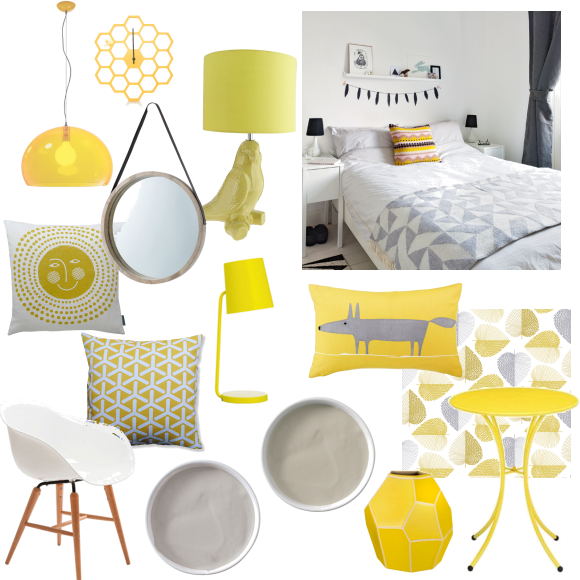
2. Create a scrapbook or moodboard.
2. Create a scrapbook or moodboard.
If
the project has a specific aesthetic direction, it can help to bring
together a visual checklist in order to identify styles that appeal to
you. Flick through magazines, gather tear sheets and put together a
scrapbook or mood board to help formulate your ideas.
Sign up to our newsletter for style inspiration, real homes, project and garden advice and shopping know-how
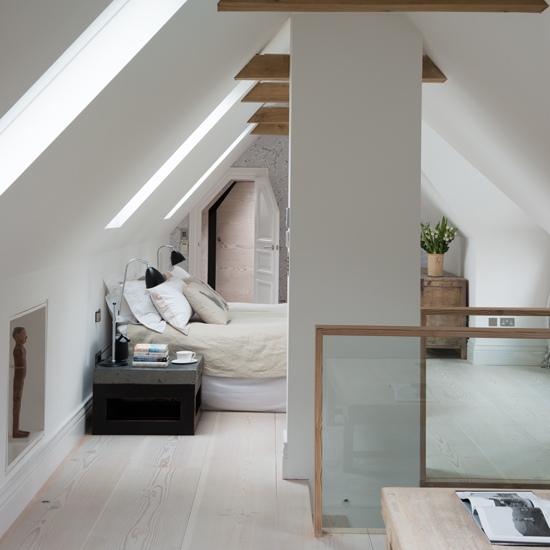
3. Set your budget
Knowing how much money you've got to play with also enables you to keep control of what you're spending and where you can make allowances or make savings. Once any building costs and essential practical elements
accounted for, you will have a clearer idea of what you can spend on
fixtures, fittings and decorations (the fun bit, let's face it).
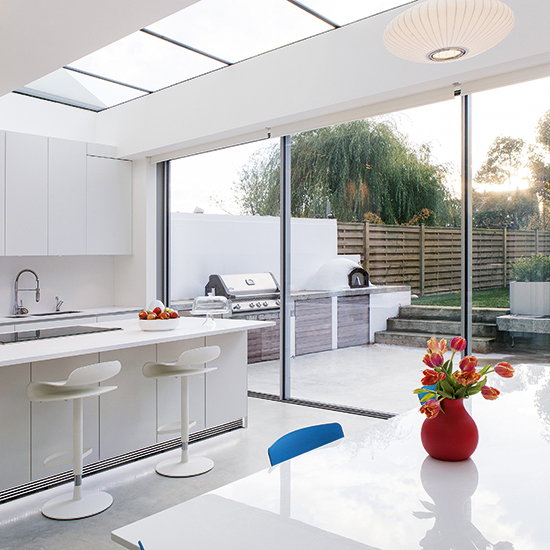
4. Hire a specialist designer or architect
Yes, it's an extra cost but it can save money in the long run. They will have the skills and expert knowledge to help you choose materials and come up with imaginative design solutions to maximize your space and budget. Source a professional through personal recommendations or for architectural projects contact RIBA. For gardens try the Society of Garden Designers and for builders and tradespeople head to The Federation of Master Builders.
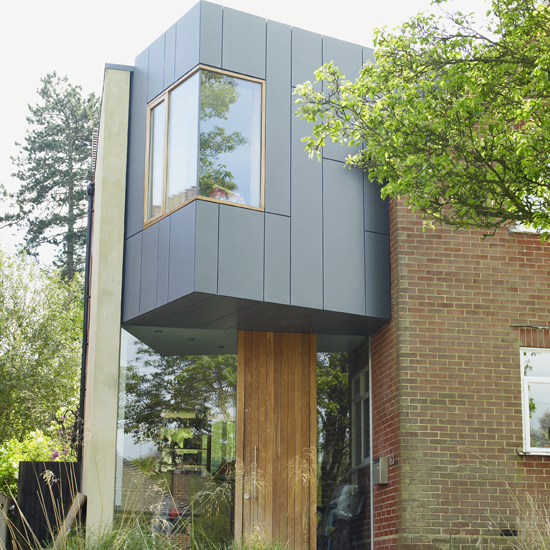
5. Write a briefIf a project requires professional help, a clear and unambiguous brief is essential. Using your wish initial list, created in Step 1, outline everything you want from the project in writing, along with a projected timescale. Include a realistic budget as a designer or architect will create a plan or design to match what you can afford. This along with your visuals created in Step 2, will convey your vision much more clearly than simply trying to talk through ideas.

6. Getting planning permission!
All building projects will need to comply with planning and building regulations and don't let anyone tell you otherwise. Omitting this stage will only cause you problems further down the line causing endless delays when you come to sell your propertly. Never bank on getting retrospective permissiomn either. Your architect will be able to advise you, or log on to the government's Planning Portal for more information.
******

Ginevra Benedetti has been the Deputy Editor of Ideal Home magazine since 2021. With a career in magazines spanning nearly twenty years, she has worked for the majority of the UK’s interiors magazines, both as staff and as a freelancer. She first joined the Ideal Home team in 2011, initially as the Deputy Decorating Editor and has never left! She currently oversees the publication of the brand’s magazine each month, from planning through to publication, editing, writing or commissioning the majority of the content.